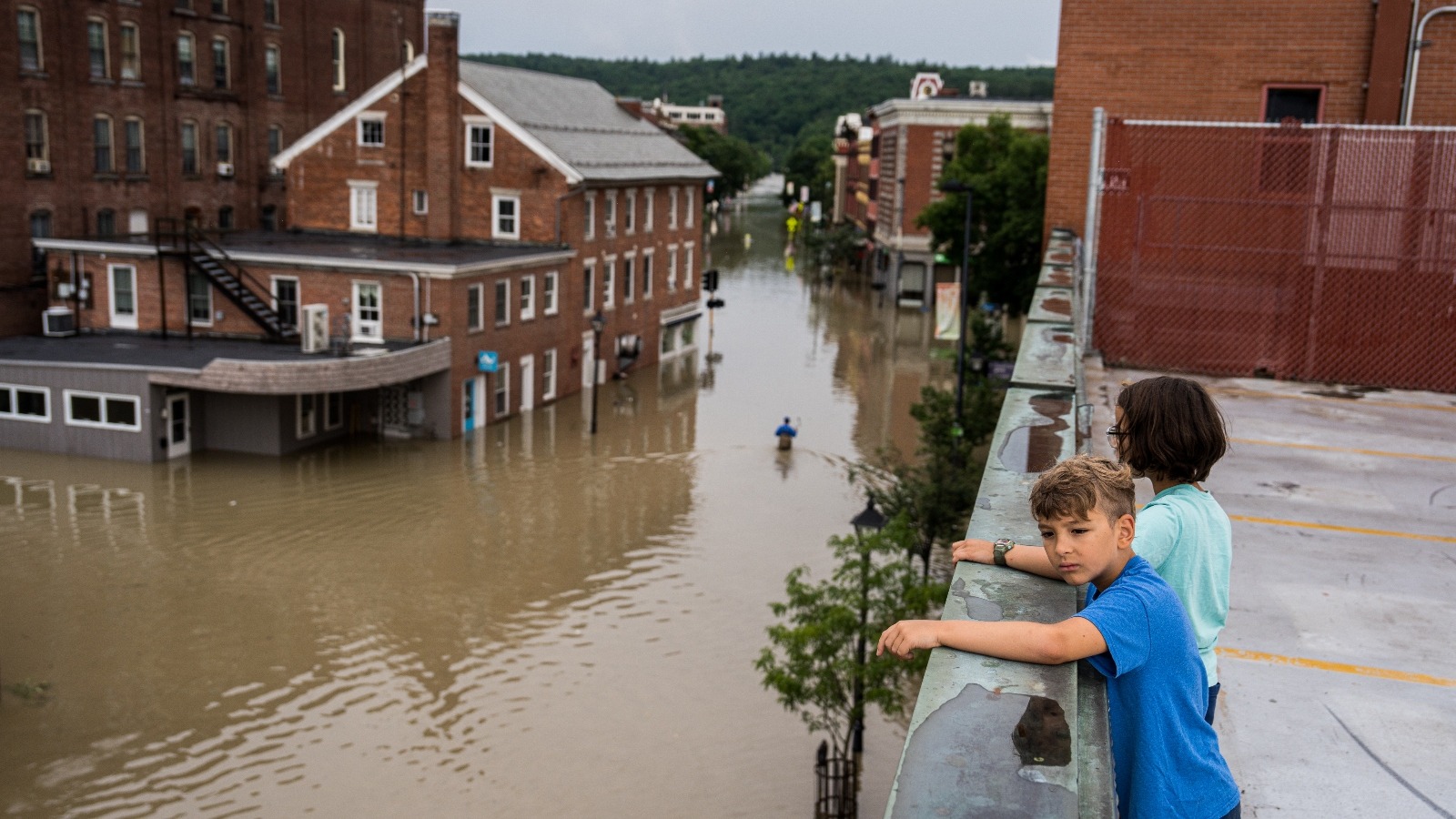J. Compos. Sci., Vol. 9, Pages 411: Effects of Postcure and Degradation in Wet Layup Carbon/Epoxy Composites Using Shear-Based Metrics
Journal of Composites Science doi: 10.3390/jcs9080411
Authors:
Rabina Acharya
Vistasp M. Karbhari
Non-autoclave-cured wet layup composites are used extensively in applications ranging from civil and marine infrastructure to offshore components and in transmission power systems. In many of these applications the composites can be exposed to elevated temperatures for extended periods of time. While residual tensile characteristics have been used traditionally to assess the integrity of the composite after a thermal event/exposure, it is emphasized that fiber-dominated characteristics such as longitudinal tensile strength are not affected as much as those associated with shear. This paper reports on the investigation of shear related characteristics through off-axis and short-beam shear testing after exposure to temperatures between 66 °C and 260 °C for periods of time up to 72 h. It is shown that the use of shear test results in conjunction with tensile tests enables better assessment of the competing effects of postcure, which results in an increase in performance, and thermal degradation, which causes drops in performance. Off-axis-to-tensile strength and short-beam shear strength-to-tensile strength ratios are used to determine zones of influence and mechanisms. It is shown that temperatures up to 149 °C can lead to advantageous postcure related increases in performance whereas temperatures above 232 °C can lead to significant deterioration at time periods as low as 4 h. The use of shear tests is shown to provide data critical to performance integrity showing trends otherwise obscured by just the use of longitudinal tensile tests. A phenomenological model developed based on effects of the competing mechanisms and grouping based on phenomenon dominance and temperature regimes is shown to model data well providing a useful context for deign thresholds and determination of remaining structural integrity.
Source link
Rabina Acharya www.mdpi.com

